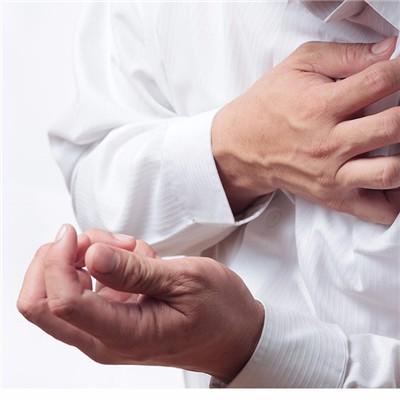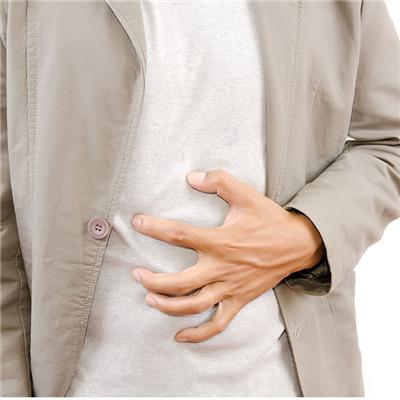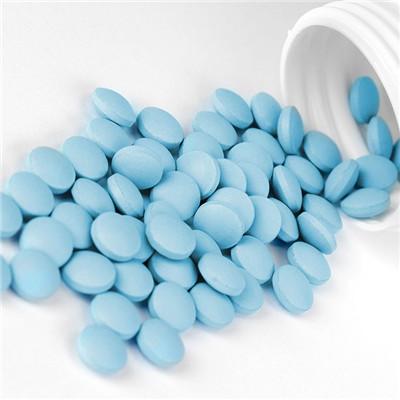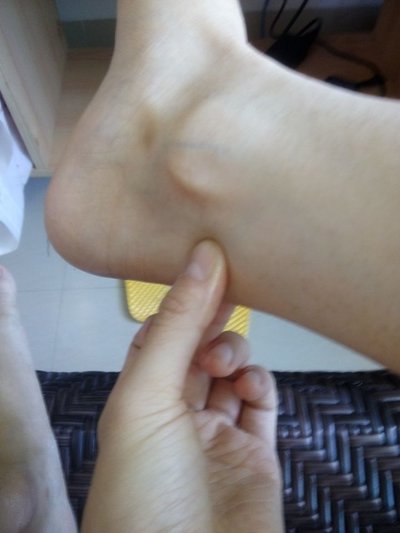The initial stage of plague symptoms
summary
With the development of human diet culture, more and more animals are regarded as novel food by human beings, which leads to more and more animal diseases entering human body by mouth and causing epidemic diseases. There was a worker in Xinjiang who was infected with plague because he preyed on Marmota on the construction site. Plague is a Class A infectious disease, which is caused by Yersinia pestis. The initial stage of plague symptoms? Let's talk about it
The initial stage of plague symptoms
Acute onset, high fever and chills, body temperature rapidly reaching 39 ℃ - 40 ℃, severe headache, nausea and vomiting, accompanied by restlessness, blurred consciousness, arrhythmia, decreased blood pressure, shortness of breath, skin and mucous membrane bleeding spots, followed by massive bleeding and accompanied by melena, hematuria. At the same time or a little before the symptom appeared, lymph node enlargement (most in inguinal region) occurred,
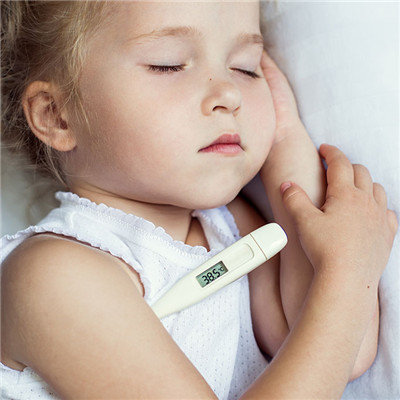
Typical cases of lymph nodes have obvious tenderness, hardness, with swelling of surrounding tissue. The skin surface is smooth, red but not hot. Most of the patients had dysphoria, delirium, delirium and ataxia. It is easy for doctors to touch the swollen liver and spleen during physical examination. The lymph nodes can be filled with pus and break up in the second week. If not treated, more than 60% of the patients died, and most of the deaths occurred between the third and fifth day of the disease.

Bubonic plague: the most common, in addition to the above-mentioned systemic symptoms, characterized by acute lymphadenitis, is caused by fleas with Yersinia pestis biting the skin of limbs, mostly in inguinal lymph nodes, followed by armpit, neck. The lymph nodes are swollen, hard, adherent to the surrounding tissues, inactive, and in severe pain. Most patients are forced to position. If the treatment is not timely, the lymph nodes will fester and burst rapidly.
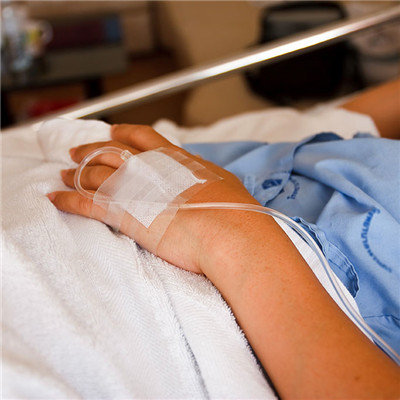
matters needing attention
When vaccination begins to spread among rats, the residents in and around the epidemic area and the staff entering the epidemic area should be vaccinated. It is commonly used as EV non-toxic strain dry live vaccine, which is inoculated by skin scratch method, that is, 2 drops of bacteria solution, 3-4cm apart. The mice were immunized after 2 weeks. The current vaccine still can not produce long-term immune protection against bubonic plague and pneumonic plague. Therefore, it is generally vaccinated once a year, and if necessary, it will be vaccinated again after 6 months. The F1 antibody produced by the newly developed 06173 vaccine was twice as effective as that produced by EV strain.




